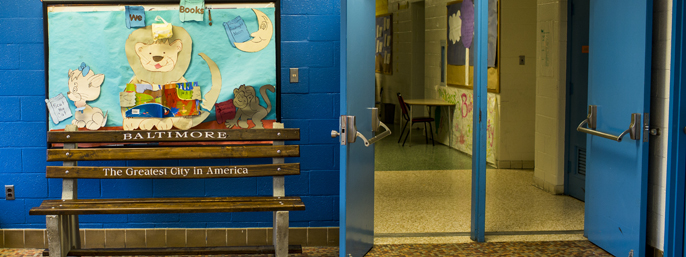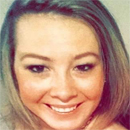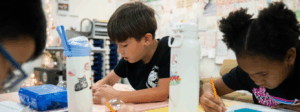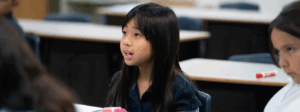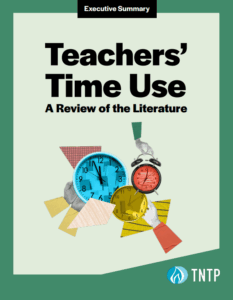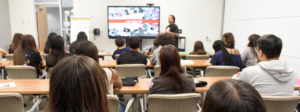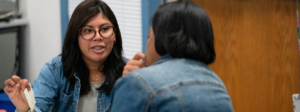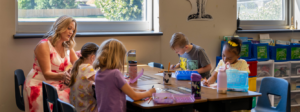In the midst of Baltimore’s unrest, we asked a teacher with the Baltimore City Teaching Residency to reflect on how Freddie Gray’s death—and the subsequent protests and media attention—has affected her students.
Being a teacher in Baltimore City is like being stopped at a red light: you feel stuck, but you know the green light is just seconds away.
It’s a nice analogy, but I can’t take credit for it. I came across it in a student’s poem:
I feel safe, but not safe
People say Baltimore’s light is on red
But deep down inside,
The green light will always be there
My students surprise me every day. Their aspirations and goals are versatile, but every single one of them dreams big. As a teacher, if you watch them closely, you can see their dreams come alive in different ways, like when my student poured himself into his poem.
The truth is that when people hear “inner city kids,” they see one child. They don't see the girl who comes in enthralled to share the details of her weekend, or the student who has a different joke for every day of the week, or the child who’s always the first one with her hand up.
Before the riots made the national news, we'd been having an open dialogue in my classroom about Freddie Gray's death. Most of what I heard from my students was anger and frustration. That anger intensified after the peaceful protests turned violent. When we returned to school, my students were okay, physically, but emotions were raw.
One student put it this way: “I'm so angry, because this is how people are seeing us, and this is not who we are.” Unanimously, my students agreed that Freddie Gray’s death was wrong. Across the board, they also agreed that violence wasn’t a productive response to the situation.
We talked about how easy it is to be angry about the injustice we see around us. It's much harder to sit down and think about what we can do, as students and teachers, to stop this kind of injustice from happening again. But my ninth graders were up for the challenge and made a list of things: start a freshman student government, march as a school, write letters to city officials and more. The idea they’re most excited about is inviting local police officers into the school, to engage in a discussion and restorative circle with students.
I don’t remember exactly why I became a teacher, but in the last few weeks, conversations like these with my students have reminded me why I’ve stayed. The buzz words in the media lately have been thug, riot and anger. But I don’t see my students in those words. If you listen, there are stronger words out there, too: love, justice and dreams.
I won’t try to argue who is right or who is wrong in Baltimore. But I can tell you that behind these protests, both the peaceful and violent ones, is something much bigger: instead of that one, stereotypical “inner city kid,” there are thousands of students here in Baltimore who have voices, and thousands of voices that need to be heard.
